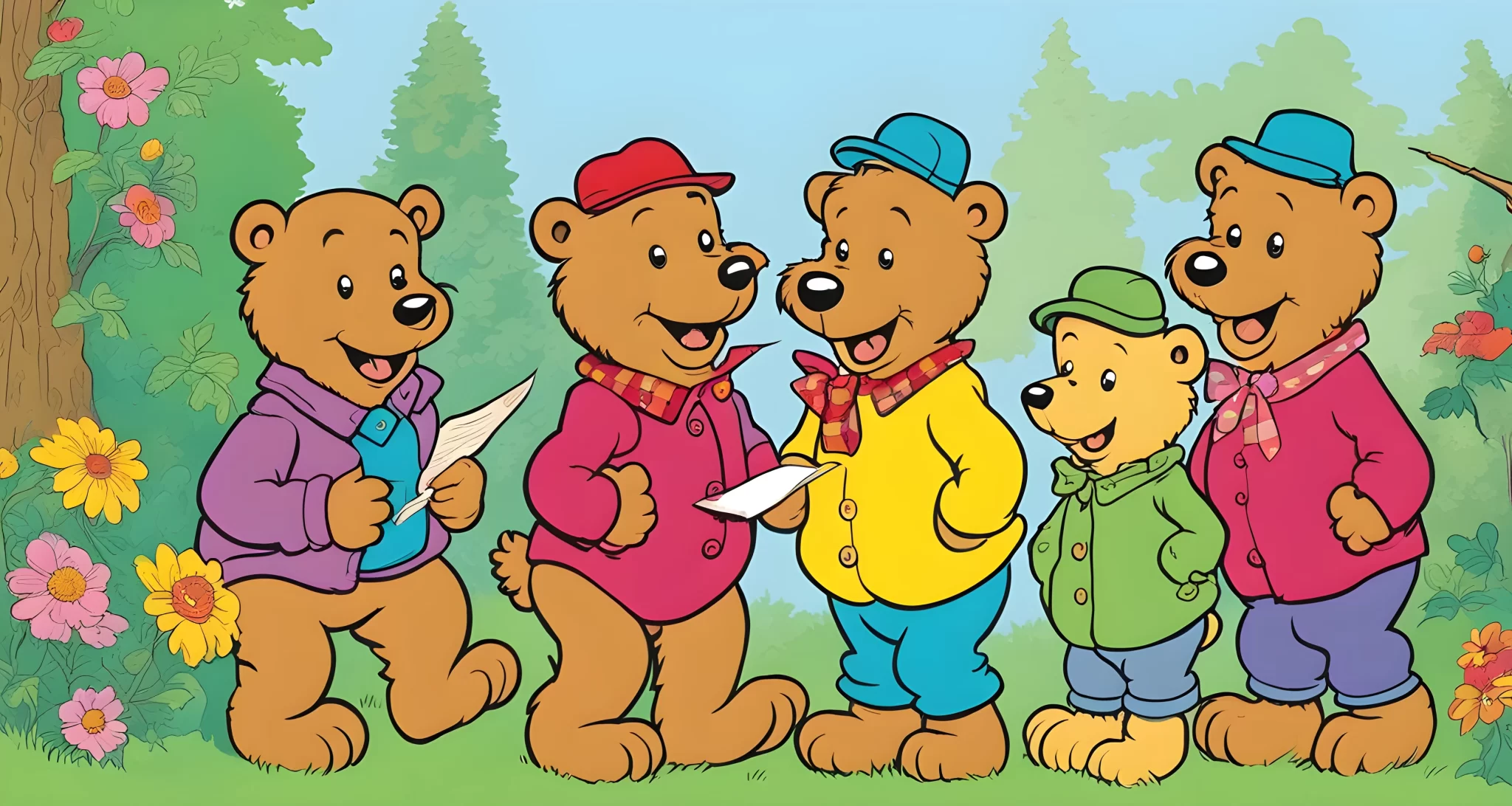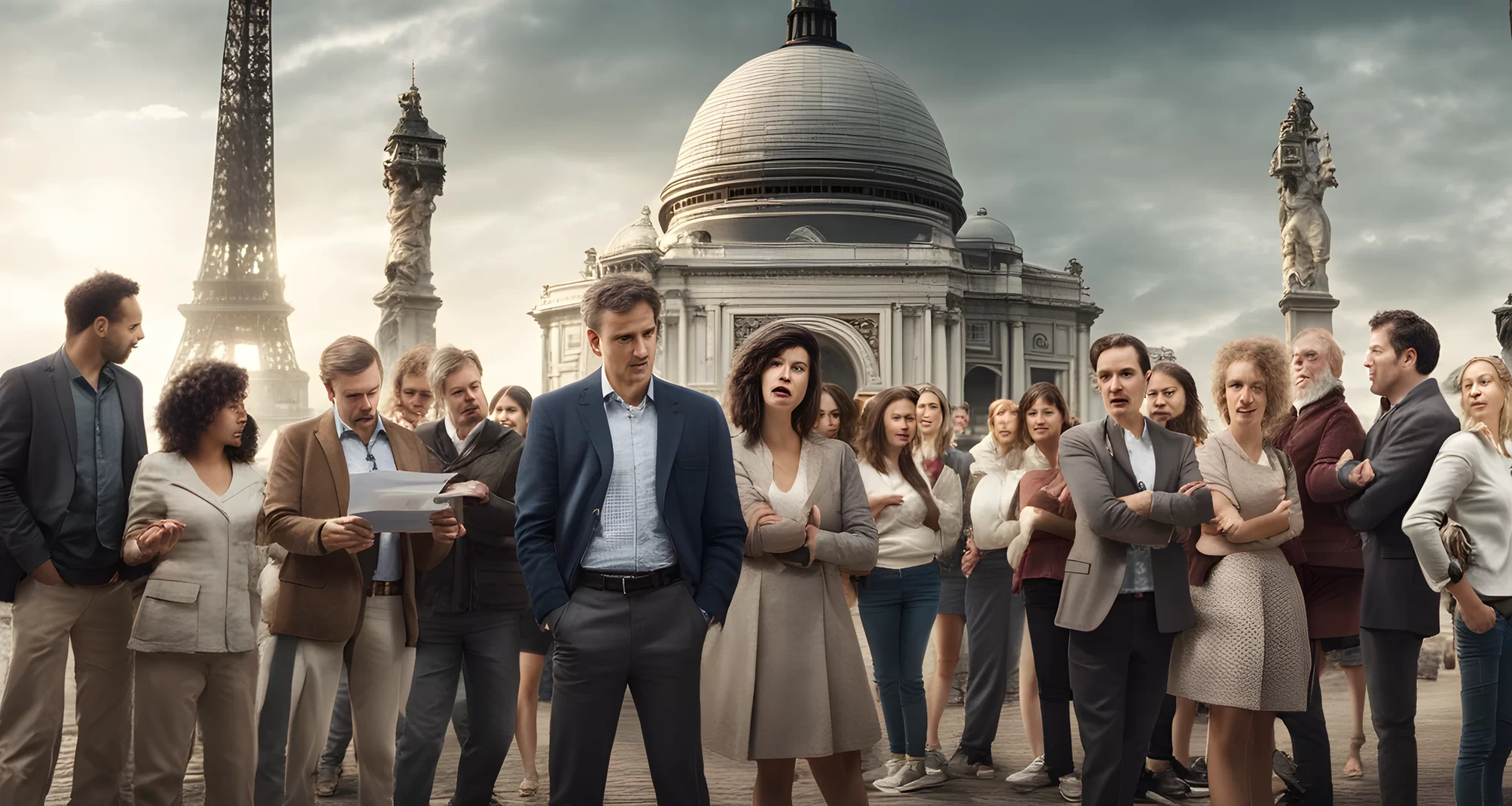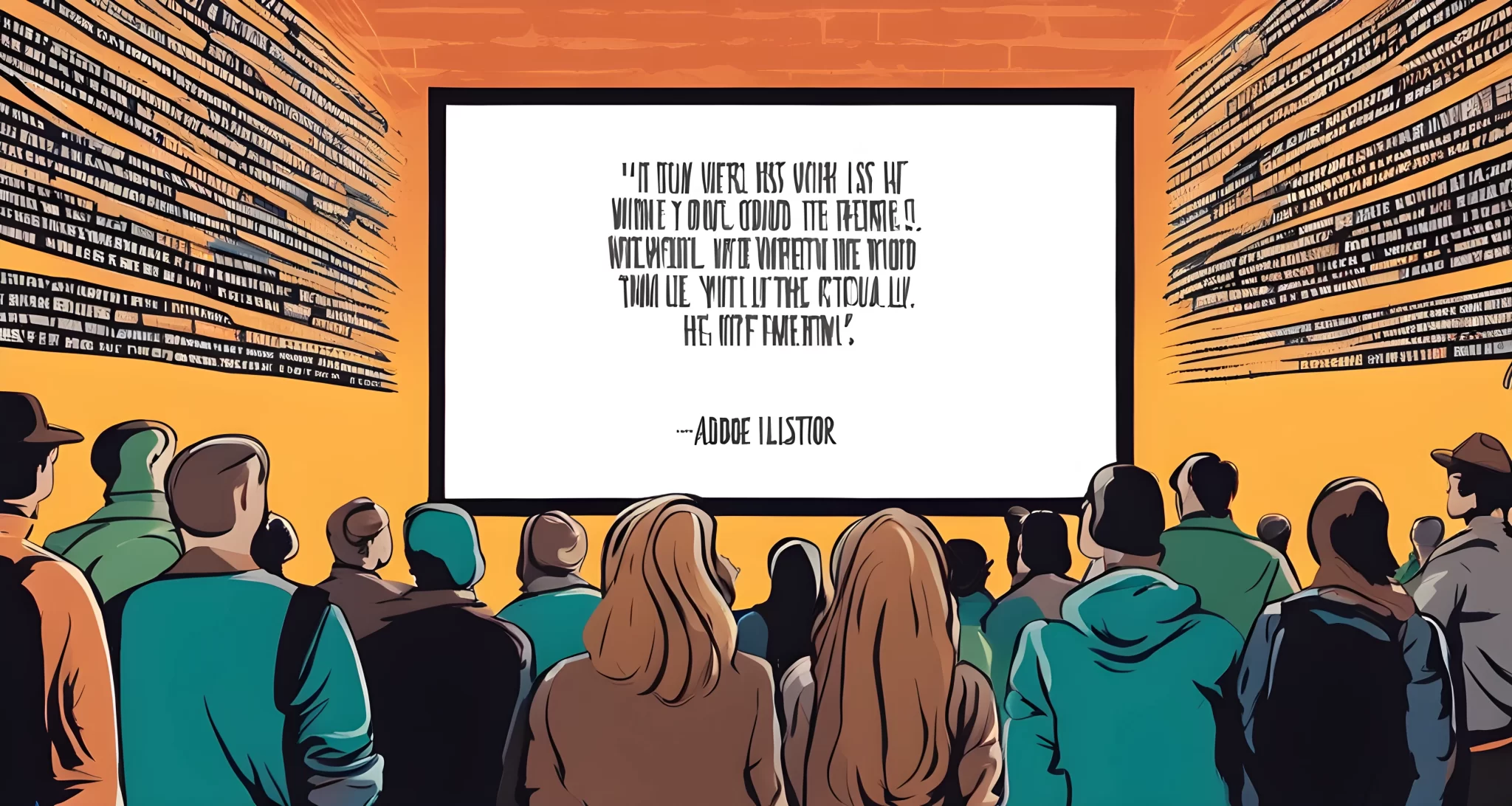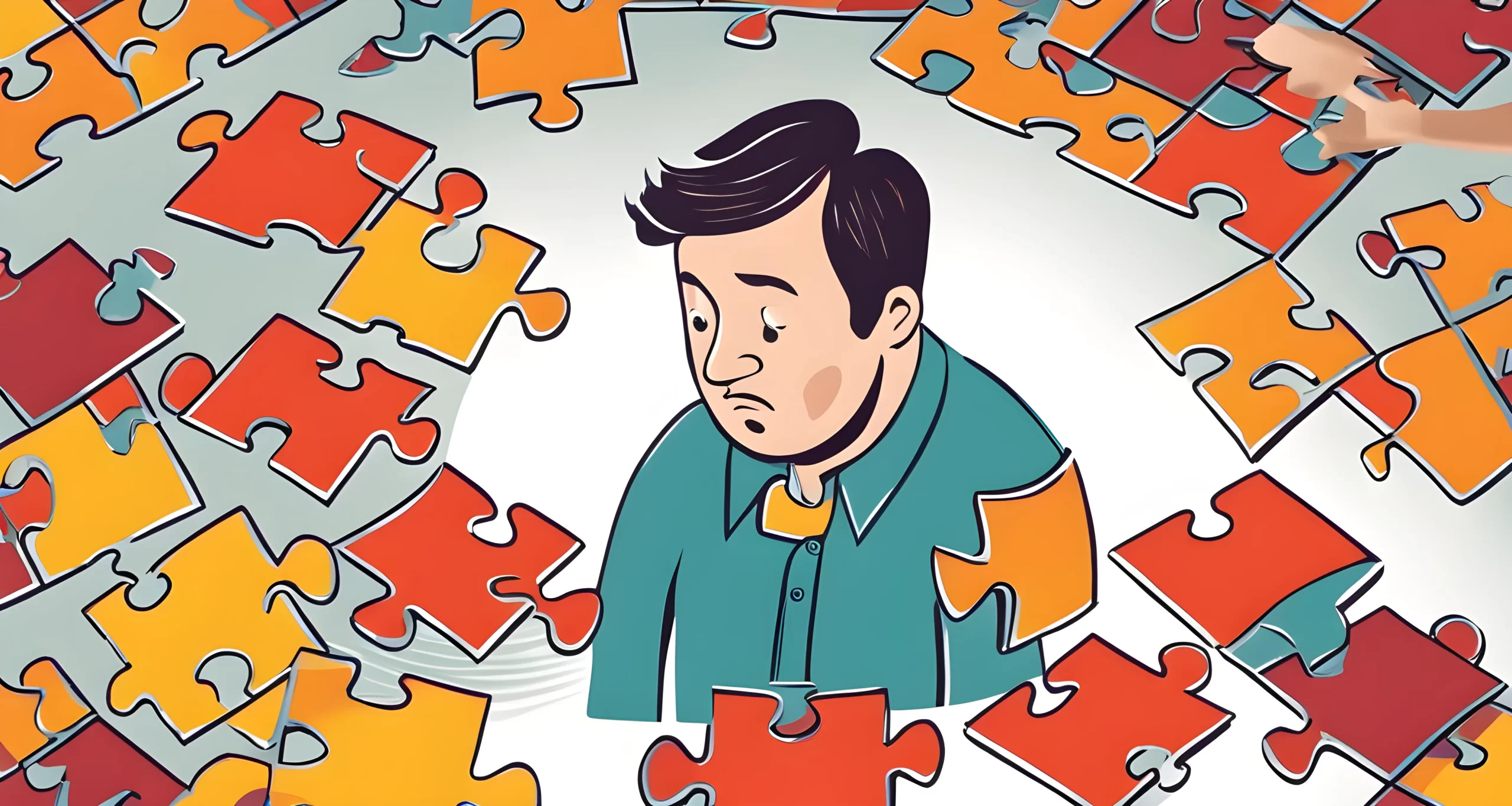Introduction
The Mandela Effect is a fascinating phenomenon that has captivated the minds of many people around the world. This collective false memory is characterized by a widespread misremembering of a specific event or detail, often involving popular culture icons, historical figures, or everyday objects. The concept has sparked intense debate and discussion among psychologists, neuroscientists, and conspiracy theorists alike.
Impact on Society
The impact of the Mandela Effect on society is significant, as it challenges our understanding of memory and perception. It has raised questions about the reliability of human memory and how easily it can be influenced. Additionally, the phenomenon has sparked interest in the study of collective false memories and their implications for society at large.
Media Influence
The media has played a crucial role in perpetuating and shaping the Mandela Effect. Through various forms of entertainment, news reporting, and advertising, Insight into Predictive Media has been used to influence public perception and create false memories. This raises important questions about the power of media in shaping our beliefs and memories.
In this article, we will explore the Mandela Effect in depth, examining examples, scientific explanations, and its broader implications for society. Join us as we delve into the intriguing world of collective false memories and their impact on our understanding of reality.

The Mandela Effect
The Mandela Effect is a phenomenon that has captured the interest of many people around the world. The term was coined by paranormal researcher Fiona Broome in 2009 after she discovered that many people at a conference shared her own false memory that former South African President Nelson Mandela had died in prison during the 1980s, which was not true.
Examples of the Mandela Effect
Some popular examples of the Mandela Effect include false memories of:
- The spelling of the Berenstain Bears as "Berenstein Bears"
- The Monopoly Man wearing a monocle when he actually does not
- The famous quote from the movie Snow White being "Mirror, mirror on the wall" instead of "Magic mirror on the wall"
Impact on Society
This phenomenon has sparked debates and discussions about the nature of memory and reality. It has also led to the questioning of other collective false memories, such as historical events and pop culture references.
Media Influence
The media has played a significant role in perpetuating and popularizing the Mandela Effect by featuring it in various documentaries, articles, and television shows.
To learn more about other misconceptions and false beliefs, check out False flags factual events.

Examples of the Mandela Effect
The Mandela Effect has sparked numerous examples of collective false memories that have left many people questioning their own recollections. Here are some notable examples:
-
The Berenstain Bears: Many people remember the popular children’s book series as "Berenstein Bears," with an "e" instead of an "a" in the name. This discrepancy has led to widespread confusion and debate.
-
The Monopoly Man: A common misconception is that the Monopoly board game’s mascot, Mr. Monopoly, wears a monocle. In reality, he does not, yet countless individuals vividly recall him sporting one.
-
The Sinbad Genie Movie: Despite not existing, a significant number of individuals claim to remember a movie from the 1990s in which actor Sinbad plays a genie. This false memory has perplexed many, leading to theories about parallel universes and alternate realities.
-
The Mandela Funeral: A large number of people distinctly recall Nelson Mandela dying in prison during the 1980s, even though he was released in 1990 and passed away in 2013. This collective misremembering of Mandela’s death is actually how the Mandela Effect got its name.
These examples highlight the intriguing nature of the Mandela Effect and its impact on our understanding of memory and reality. To delve deeper into this concept, explore the fascinating article on Atlantis myth or memory for more insights into the intricacies of collective false memories.

Scientific Explanations
In psychology, the Mandela Effect is explained as a form of confabulation, where the brain unintentionally distorts memories to fill in gaps or make them more coherent. This can lead to false memories that seem as vivid and detailed as actual events, but are not based on actual experiences.
Confabulation and False Memories
- Confabulation is a memory disturbance that involves the production of fabricated, distorted, or misinterpreted memories without the conscious intention to deceive.
- The brain’s attempts to make sense of incomplete information can result in the creation of false memories that feel real.
Impact on Memory Retrieval
- The Mandela Effect can impact memory retrieval by causing individuals to confidently recall events or details that never actually occurred.
- This can be attributed to the brain’s reliance on reconstructive processes when recalling memories.
Link to Mind Control
- The phenomenon of false memories and confabulation has raised concerns about the potential for manipulation and mind control.
- In some cases, collective false memories can be intentionally influenced by external sources, leading to widespread misconceptions and belief in falsehoods.
For further exploration on the topic of misinformation and manipulation, check out Reality Myth FEMA Camps article for insights into the concept of collective false beliefs and societal impact.

Impact on Society
The Mandela Effect has had a significant impact on society, leading to widespread discussions and debates about the nature of memory and its fallibility. This phenomenon has captured the public’s imagination and has become a popular topic of conversation in various social and media circles.
Misinformation and Conspiracy Theories
- The Mandela Effect has contributed to the spread of misinformation and conspiracy theories as people grapple with the concept of false memories. It has given rise to skepticism about historical events and official narratives, leading some individuals to question the validity of information provided by authorities.
Cognitive Dissonance
- The phenomenon has also sparked interest in cognitive dissonance and the ways in which individuals reconcile conflicting memories with established facts. This has had implications for psychology and neuroscience, prompting researchers to further explore the mechanisms behind memory formation and retrieval.
Media Influence
- The media’s coverage of the Mandela Effect has played a crucial role in shaping public perception and understanding of this concept. It has been featured in various documentaries, films, and television shows, exposing a wider audience to the idea of collective false memories.
The impact of the Mandela Effect on society continues to evolve as new examples emerge and the public’s fascination with this phenomenon persists. To learn more about how societal influence is shaped, one can explore Global secret societies.

Media Influence
The Mandela Effect has not only captured the interest of scientists and psychologists, but it has also become a popular topic in media and entertainment. Its impact on society has sparked numerous discussions and debates, leading to its inclusion in various forms of media. Here are some ways the Mandela Effect has influenced media:
-
Documentaries: Several documentaries have been made exploring the phenomenon of the Mandela Effect and its implications. These documentaries often feature interviews with experts in memory and cognition, as well as individuals who have experienced the effect firsthand.
-
Online Content: The Mandela Effect has become a popular subject on social media platforms and online forums. It has inspired countless discussions, theories, and even internet challenges where people test their memory against commonly misremembered details.
-
Literature and Film: The concept of collective false memories has been integrated into works of fiction, serving as a plot device in novels, movies, and TV shows. This trend reflects the widespread fascination with the idea of shared misconceptions.
The media’s portrayal of the Mandela Effect has contributed to its widespread recognition and continued relevance in popular culture.
For further insight into the impact of media on societal beliefs and perceptions, consider reading about Subliminal Messaging techniques and their potential influence on memory and cognition.

Collective False Memories
The concept of collective false memories has fascinated researchers and the public alike, especially in the context of the Mandela Effect. This phenomenon, whereby a large group of people remembers something inaccurately, has been extensively explored in various fields.
Psychology and Neuroscience
- Studies in psychology and neuroscience have delved into the intricacies of human memory and perception, seeking to understand how and why collective false memories occur.
- Research has shown that social influence, suggestion, and cognitive biases can contribute to the formation of shared incorrect memories.
Popular Culture Studies
- The Mandela Effect has become a popular topic in discussions about the quirks of human cognition, sparking debates and curiosity about the nature of memory.
- The media’s portrayal of collective false memories has further amplified public interest in this intriguing phenomenon.
The exploration and analysis of collective false memories have shed light on the fallibility of human memory and the fascinating ways our brains can be influenced. This topic continues to captivate both scholars and the general public alike, prompting further investigations into the complexities of memory formation and recall. To learn more about other intriguing phenomena that capture public imagination, check out Ancient Aliens: Fiction or Reality for an in-depth exploration of myth versus reality.
FAQ
What is the mandela effect?
The mandela effect is a phenomenon where a large group of people share false memories of a significant event or detail that did not actually occur. this collective false memory is characterized by a widespread misremembering of a specific event or detail, often involving popular culture icons, historical figures, or everyday objects.
How was the term ‘mandela effect’ coined?
The term ‘mandela effect’ was coined by paranormal researcher fiona broome in 2009 after she discovered that many people at a conference shared her own false memory that former south african president nelson mandela had died in prison during the 1980s, which was not true.
How is the mandela effect explained in psychology?
In psychology, the mandela effect is explained as a form of confabulation, where the brain unintentionally distorts memories to fill in gaps or make them more coherent. this can lead to false memories that seem as vivid and detailed as actual events, but are not based on actual experiences.
What is the association of the mandela effect with parallel universes?
The mandela effect is often associated with the idea of parallel universes or alternate realities, where events or details in one reality are different from those in another. this concept is based on quantum theory and suggests that the multiverse is a reality where multiple parallel universes coexist and interact with each other, potentially influencing our memories and perceptions.
